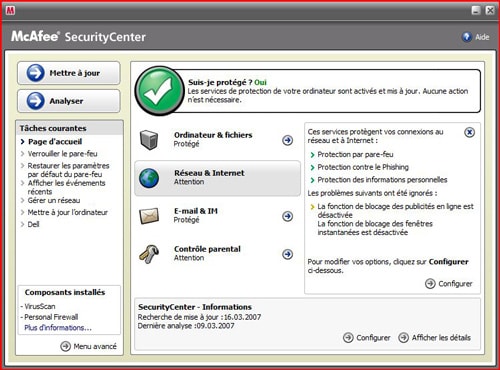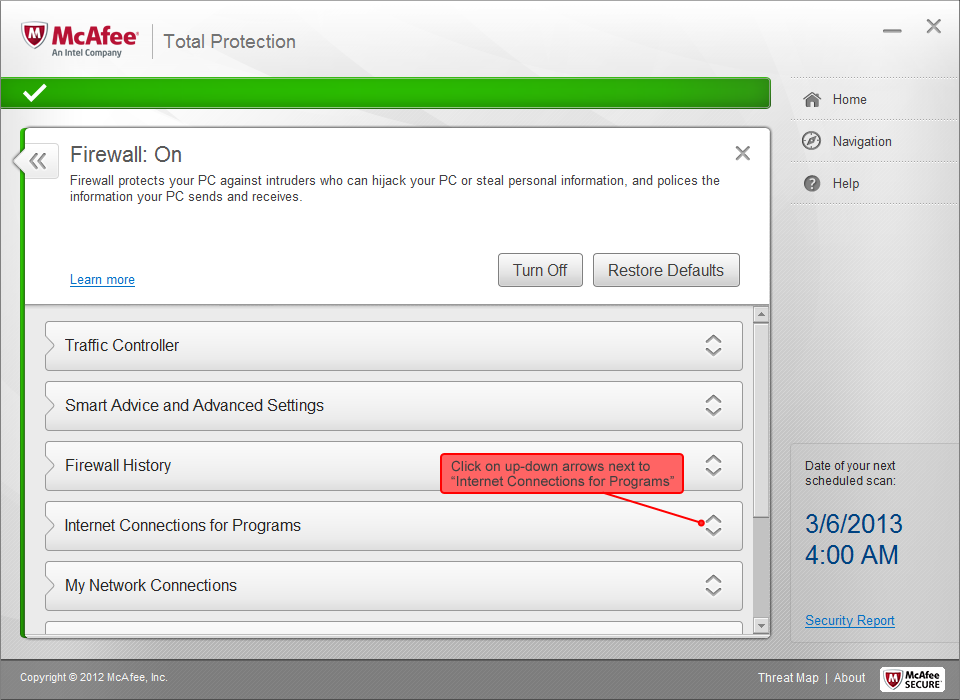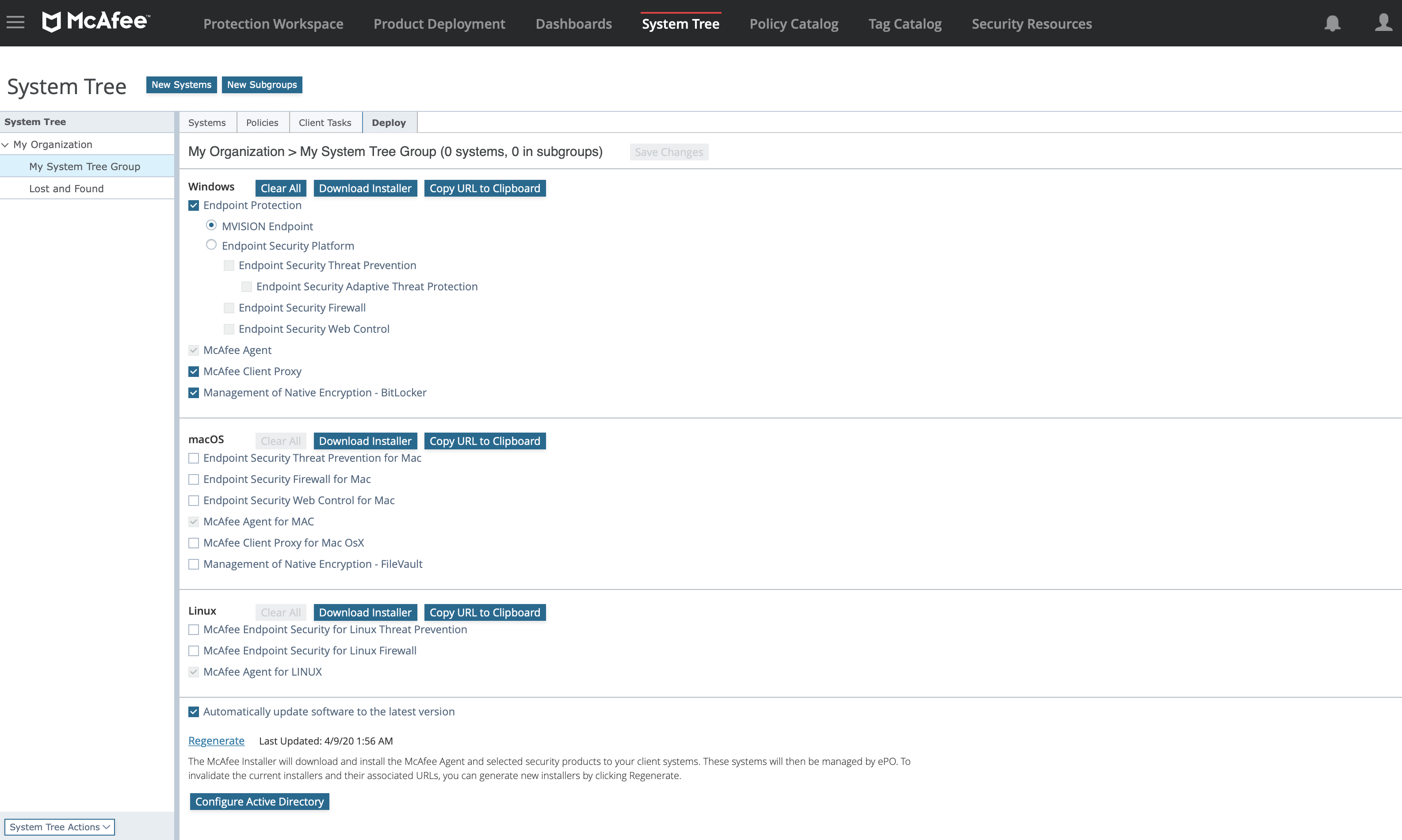

Failing to do so leaves the system extensions and Functional Module Platform (FMP) on the system.
#Pare feu mac afee password#
Users must provide the credentials on the password prompt when this last McAfee module is getting uninstalled from the system. In this case, the user again sees a prompt to enter the administrator credentials when the last McAfee module is getting uninstalled from the system. If the user doesn’t provide credentials, the ENSM Firewall uninstallation continues, but system extensions aren’t uninstalled with ENSM Firewall. When uninstalling ENSM Firewall, the user is prompted to enter the administrator credentials to uninstall the system extension.

This sample profile also addresses the password prompt to enter the administrator credentials to uninstall the system extensions on MDM-managed Monterey systems.

You can use a Web Content Filter payload with the following settings to approve the extension Content Filter component:Īnchor apple generic and identifier "" and (certificate leaf /* exists */ or certificate 1 /* exists */ and certificate leaf /* exists */ and certificate leaf = GT8P3H7SPW)įilterPacketProviderDesignatedRequirementįor a sample profile for the Web Content Filter payload, see CFS_McAfee_v1.0.mobileconfig.zip in the Attachment section of this article. The system extension can be approved without user interaction, using a management profile System Extensions payload with the following settings:įor a sample profile for the System Extensions payload, see SEPC_McAfee_v2.0.mobileconfig.zip in the Attachment section of this article.
#Pare feu mac afee install#

Installation on non-Mobile Device Management (MDM) systems See the following table for the user experience depending on the environment where ENSM Firewall is deployed.


 0 kommentar(er)
0 kommentar(er)
